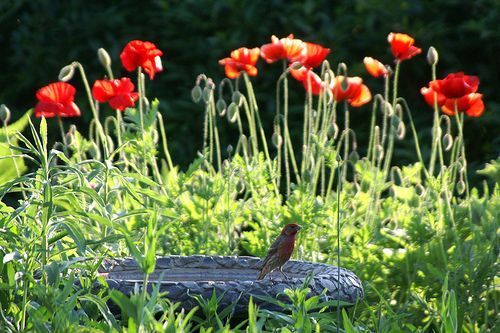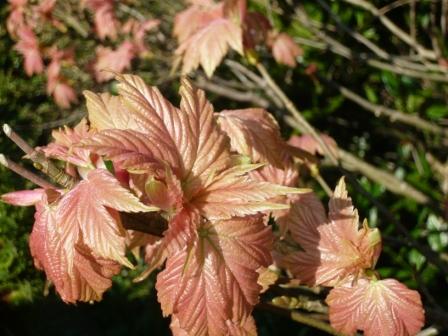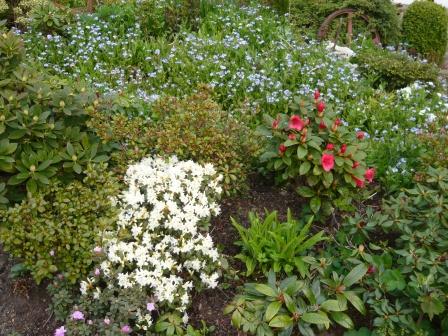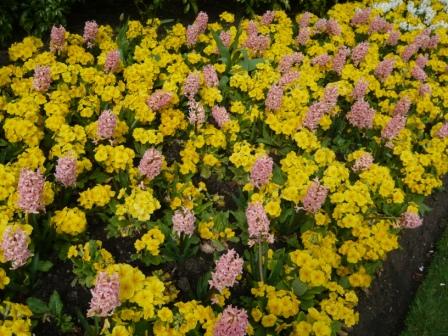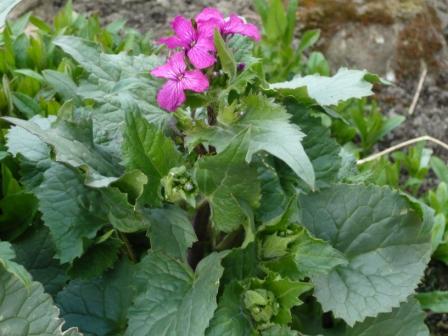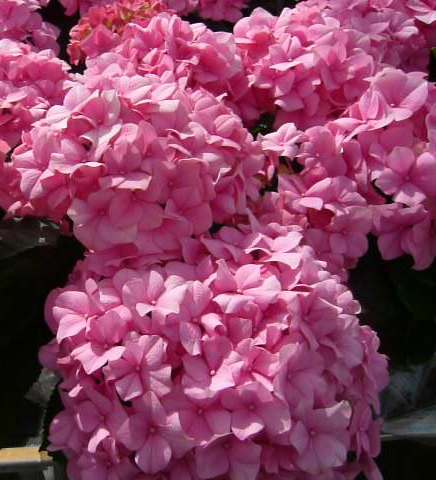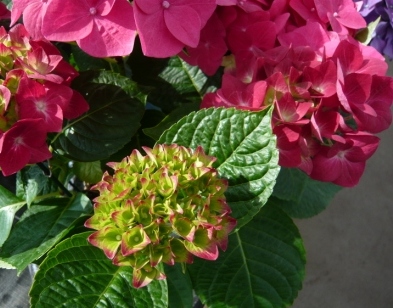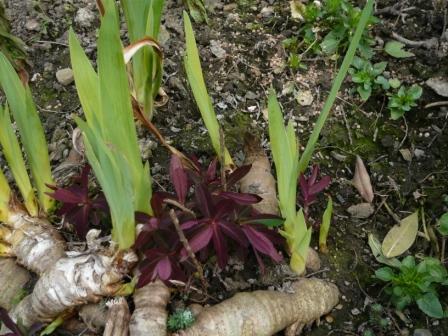Taking Delphinium Cuttings
The towering spires or spikes of Delphinium are to be admired from near and far. How much better if you can increase your stock of a favourite plant by ‘Vegetative Propagation Methods’.
Method 1
April is a good time to take a cutting from the base of the plant below soil level. Cut out a sturdy 3-4 inch shoot that is about pencil thickness. Too thin and the shoot wont make a sturdy plant and to thick and it will be hard to root. Make sure you get low down taking a shaving of the old root with the cutting. Failing to do this will encourage a rapid but spindly growth that wont last the summer. A bit of hormone rooting powder can be used but the cutting should root quite easily. Pot on or plant out when healthy and strong growth is showing.

